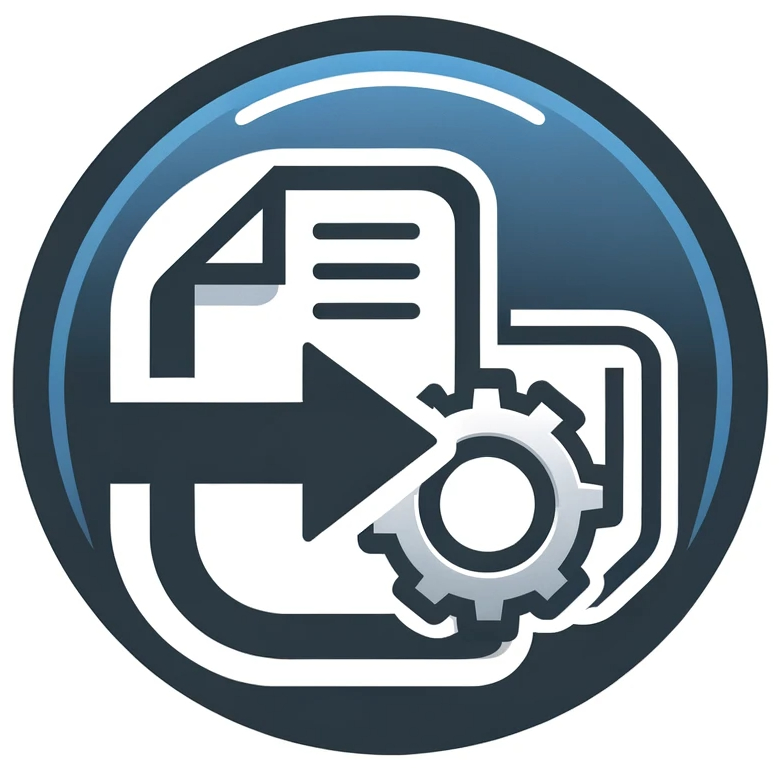PMV files contain embroidery instructions for Brother sewing machines. Only certain Brother models with “My Custom Stitch” support PMV files. PMV is one format in the embroidery community. Other formats are PES, DST, HUS, VP3 and JEF. You can view most embroidery files on a computer with software. However, only Brother machines support PMV file editing.
Decorative stitch data files used are PMV, PMX and PMU. When saving, PMU or PMX files become PMV files. Using non-machine created data may cause malfunction. Some USB drives may not work.
PMV files are a Brother stitch format. They have a header and stitch blocks. Stitches encode position differently than needle movement. Companies like Wilcom make file types containing just stitch data from other formats.
Embroidery stitching is exciting. Properly set up your Brother machine with thread colors and stabilizer. Adjust settings for design elements. Address issues during embroidery.
PES refers to a physics editor sheet file invented for Brother machines. Stitches require 2-4 byte hexadecimal data. Design byte count depends on stitches. Brother versions affect PES file format.
My Custom Stitch is a Brother tool to design decorative stitches. Upload patterns to uniquely embellish projects.
PES files contain embroidery machine instructions. Developed by Brother but formalized generally. Provide design and name, colors, codes for sewing machines. Saved as binary file. Modern Brother machines upload custom decorative stitches via USB in PMV format.
Embroidery machines require specific file formats with stitch, color and detail information. Conversion typically needs specialized software and embroidery expertise.
The PES file structure is based on PEC data and stitch formation. Each stitch uses two to four bytes starting with hex codes. File extensions indicate machine type – Brother uses PES. Over the years PES versions advanced quickly. Most Brother machines read very old formats.
